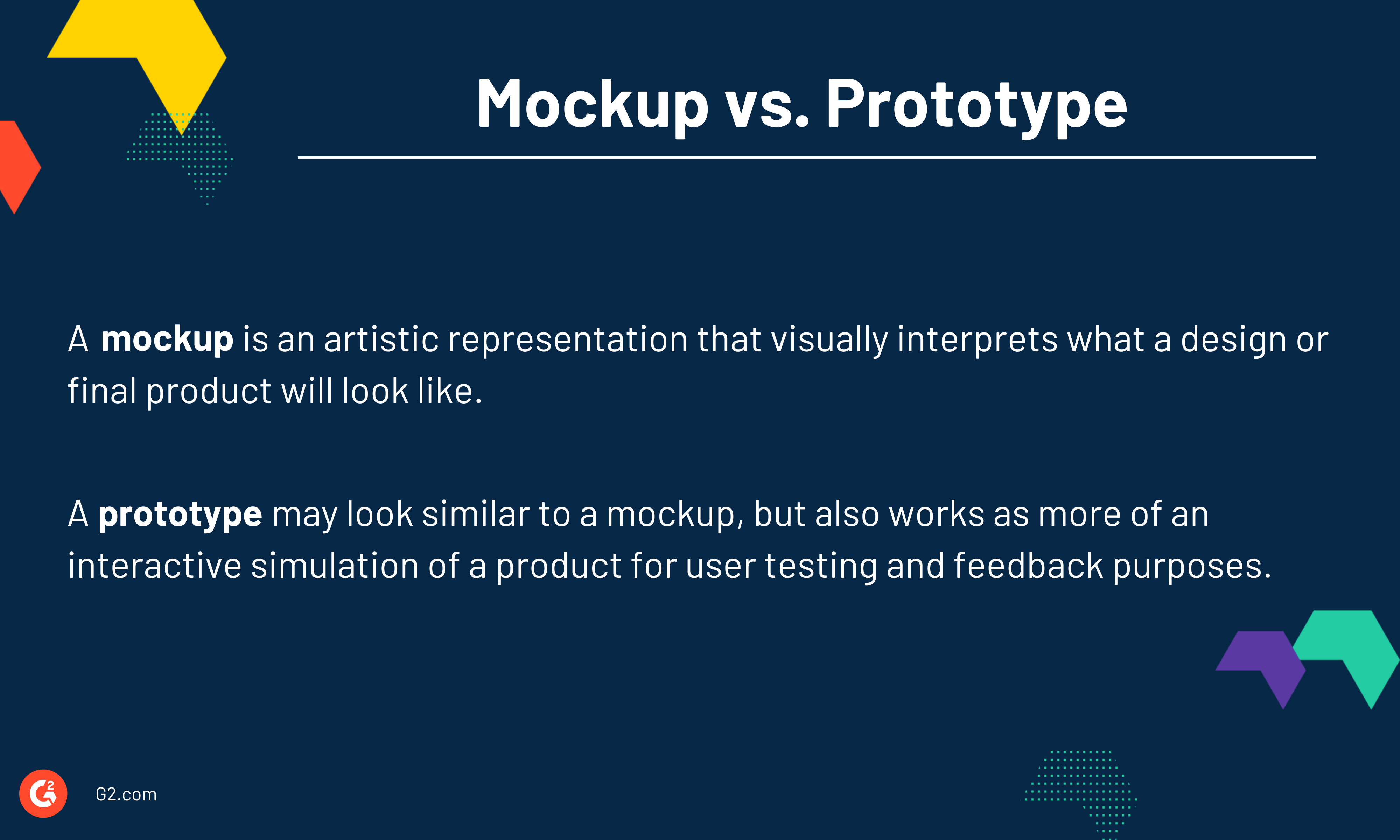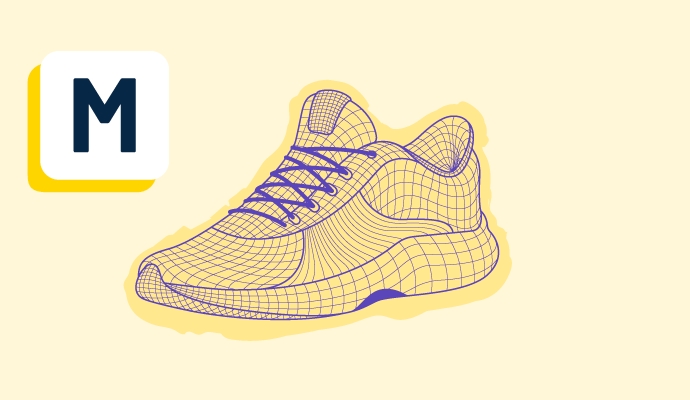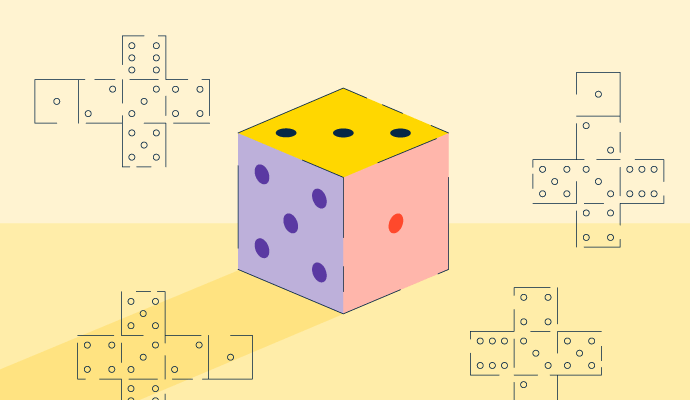What is a mockup?
A mockup is an artistic rendering of a product or design used for demonstration, education, decision-making, promotion, and evaluation. They allow key stakeholders to review the final product before making a financial commitment.
Many companies use wireframing software to create blueprints for websites or applications during the early stages of the development process. For example, user interface and user experience (UI/UX) designers outline and present website mockups to clients for review and approval.
Types of mockups
Mockups are helpful and informative across various industries, and many support different projects. Some of the common types are:
- Print mockups are renderings of print material that allow stakeholders to visualize a design before it goes to print. Designers rely on them to present font types, sizes, colors, layouts, and branding. Business owners may want to view a print mockup before purchasing materials like flyers, banners, postcards, and business cards.
- Device mockups are renderings of the content displayed on electronic devices, such as an iPhone, in which the screen displays how the content will appear to viewers. Device mockups help beta testers view app designs and mobile web pages as they will appear to users in real life.
- Social media mockups render practice social media posts to help teams see how content will look before publishing it. It’s an excellent way for marketing and social media departments to verify formatting to ensure it’s a good fit for the viewing audience.
- Packaging mockups allow businesses to view photo representations of how their brand will look post-launch. Packaging mockups may include visuals for boxes, bags, tape, or shipping labels.
- Branding mockups are photo renderings that show the company’s logo or other visual aspects. Branding mockups help design merchandise and apparel.
- Product mockups display what a final product could look like. A business might make a mock-up of a new website design about its appearance before launch.
Benefits of mockups
Mockups save money and build confidence. Some other benefits of mockups are:
- A realistic look before development. Discussing ideas and designs without visual aids leads to varying interpretations among teammates. Mockups provide everyone with a consistent and realistic look at a concept before development, which leads to better alignment and shared understanding.
- Easy revision. Mockup tools and software make edits or changes simple. It’s better to revise one mockup than it is to edit a product as a whole.
- Better pitches. Sales teams can use mockups in pitch decks to entice potential customers and leads. Mockups help prospects visualize the products and services available and may close the deal in the long run.
- Additional investments. Particularly in development, a mockup can secure other investments by giving investors a better idea of the product vision and final outcome. When used efficiently, mockups boost funding and help businesses find further opportunities.
Mockup best practices
Businesses should contemplate the following best practices to maximize the value of their mockups.
- Dedicate a designer or hire one to create mockups. While non-designers may be able to design basic mockups that get general ideas across, a skilled designer is better for long-term purposes. Businesses should dedicate an in-house designer or hire an external consultant once ideas for a mockup are solidified and ready for visualization.
- Align on design decisions before creating a mockup. Key stakeholders need to have a shared understanding of what to expect from a mockup, which means design alignment is crucial. Development departments should spend time ensuring all players are informed and aware of design changes throughout the process so that the mockup reflects their intentions.
- Choose the right tools for the work. Software programs can automate the mockup process if the right tools are in place. Designers can use wireframe software, prototyping tools, mockup generators, or graphic design tools, depending on the type of mockup. Knowing the end goals for the design or product will influence software decisions.
Mockup vs. prototype
While mockups and prototypes serve a similar purpose in displaying how a final product might look and behave, they have different use cases.

Learn more about product design and how businesses can design exceptional products for their customers.

Alyssa Towns
Alyssa Towns works in communications and change management and is a freelance writer for G2. She mainly writes SaaS, productivity, and career-adjacent content. In her spare time, Alyssa is either enjoying a new restaurant with her husband, playing with her Bengal cats Yeti and Yowie, adventuring outdoors, or reading a book from her TBR list.





















